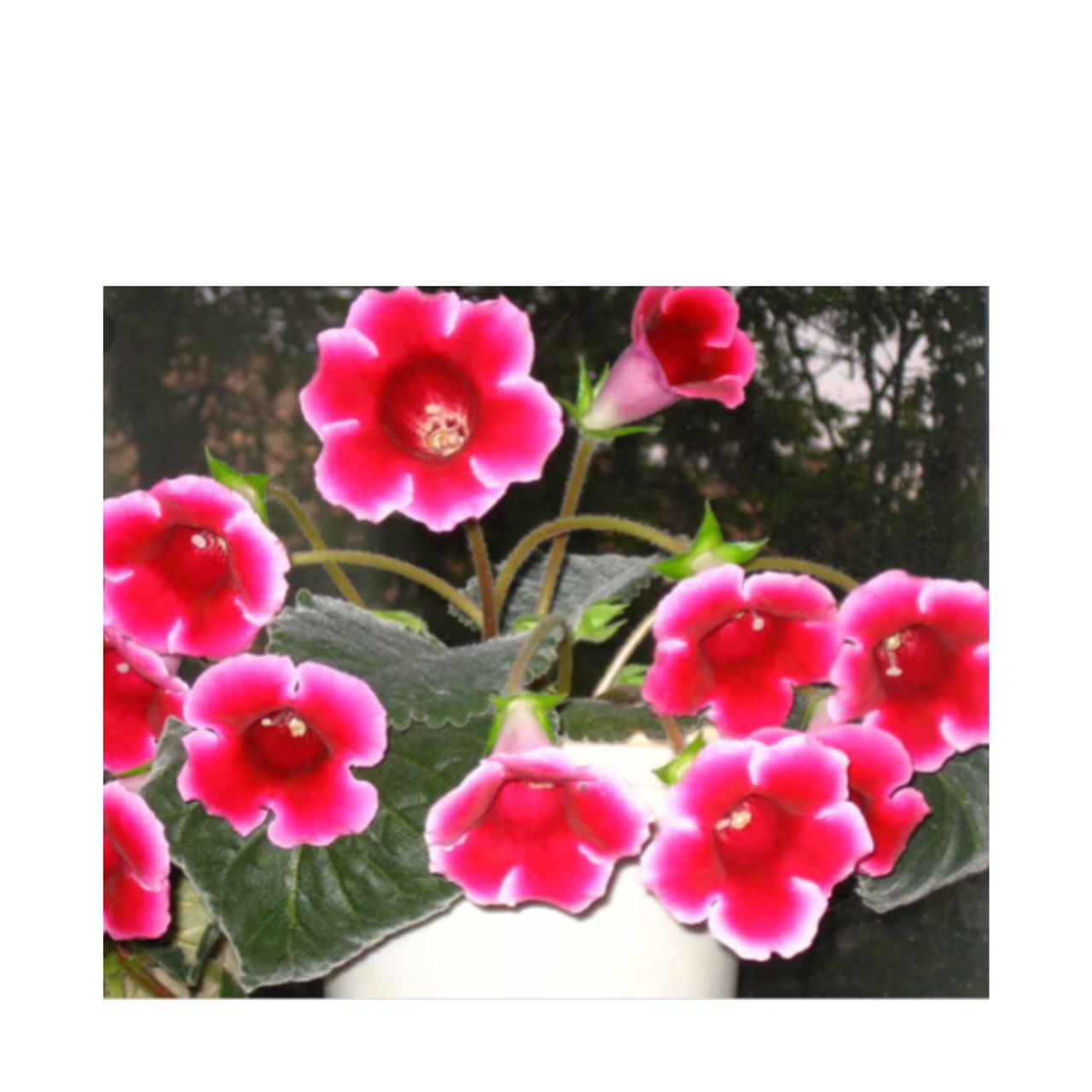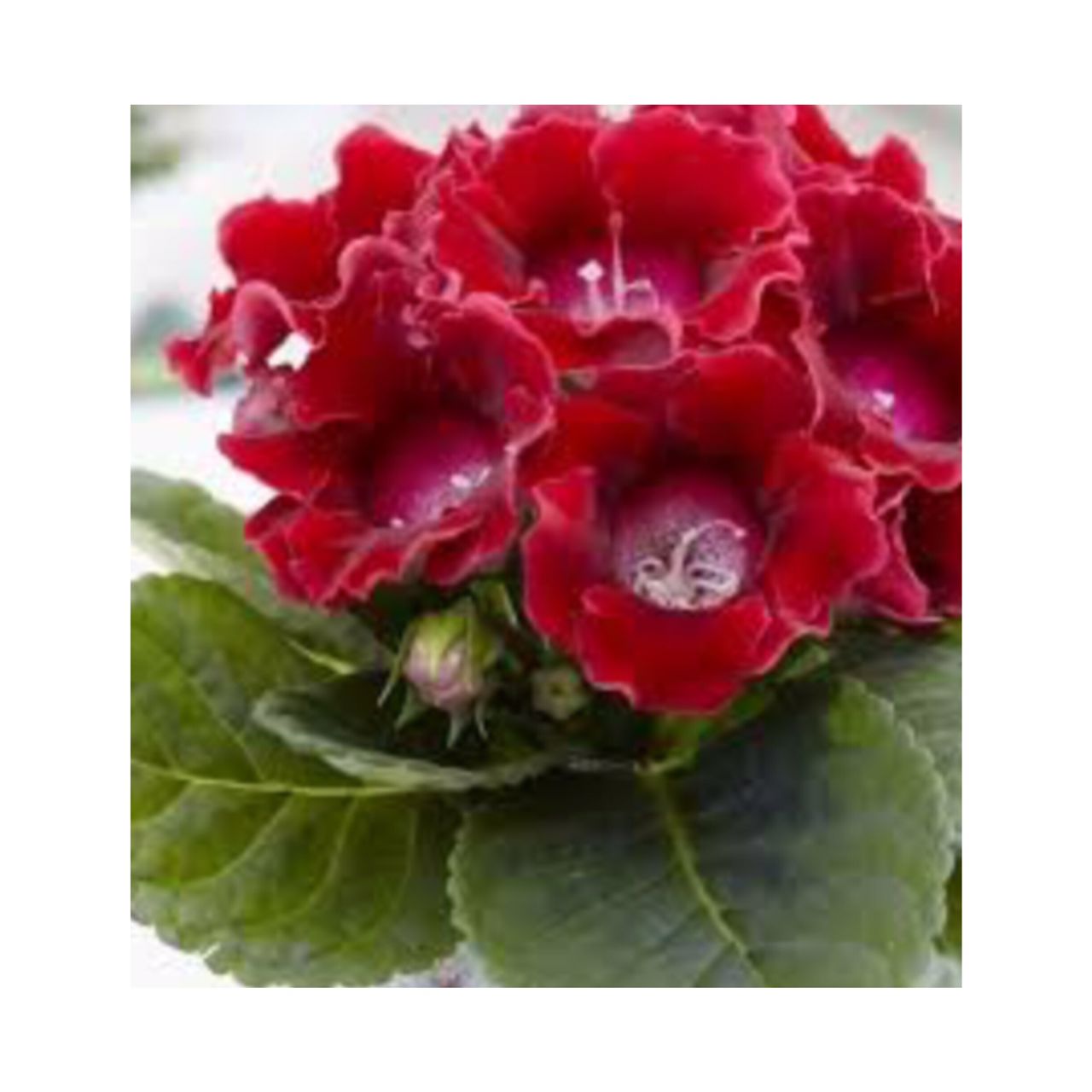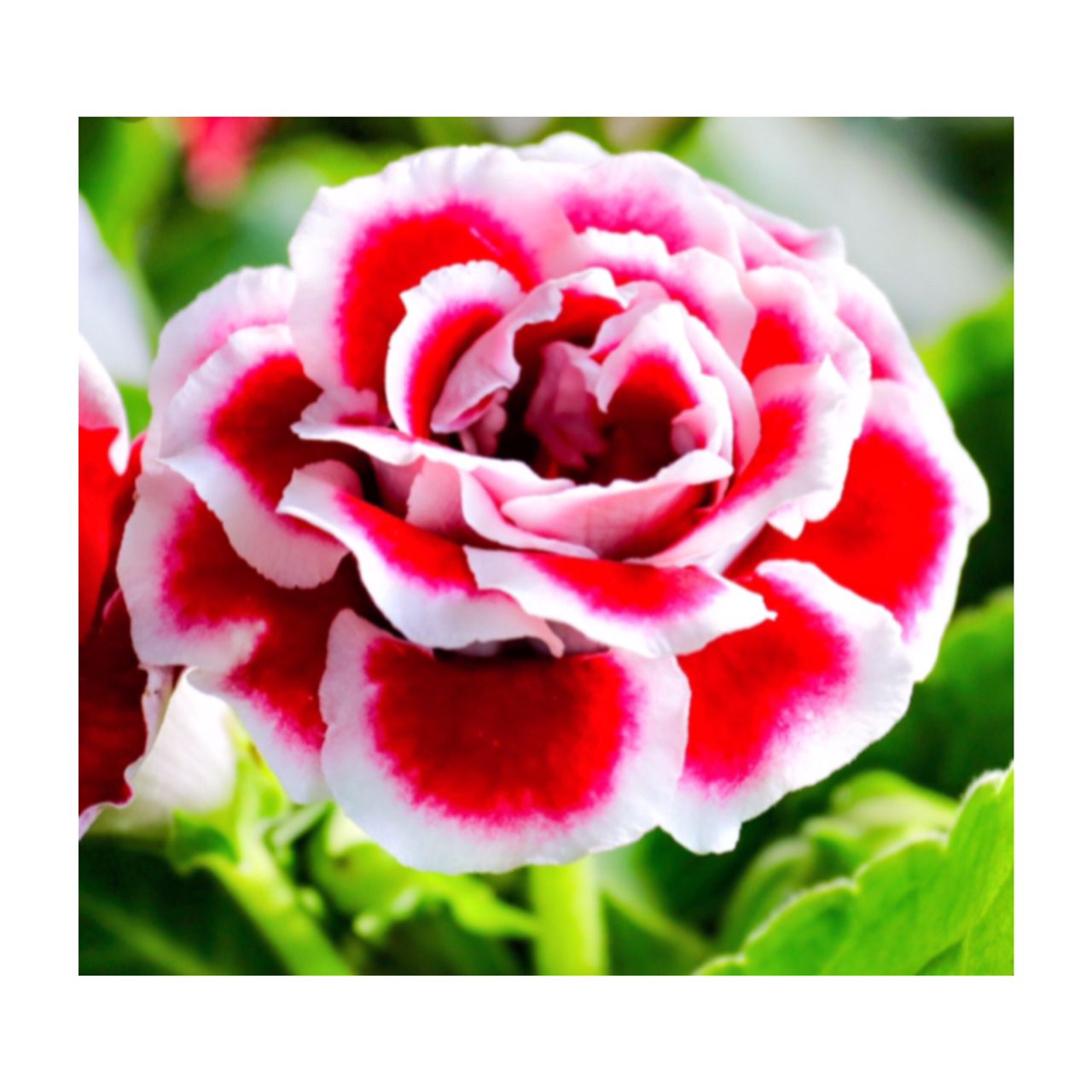Gloxinia Flowering Plants
200 in stock
රු900.00
Plant Care
Like African violets, these showy flowering houseplants are in the Gesneriaceae family, but gloxinia doesn’t bloom throughout the year. Instead, it goes dormant between bloom periods, similar to cyclamen.
These plants are easy to care for and don’t require a large time commitment. Feed your gloxinia once a month with houseplant fertilizer diluted to half strength. Ensure its soil stays evenly moist, but not soggy. You may have the most success with bottom-watering your gloxinias. Fill a small bowl partway with water, then place the plant’s pot in the bowl to soak up water from the bottom (rather than pouring it over the top of the soil). After it’s been in the water for about 15 minutes, remove it and allow the pot to drain excess water.
Product Description
Best Growing Conditions for Gloxinia
Use a moist, well-draining, slightly acidic potting medium like an African violet mix or gardenia mix. In terms of temperature, these plants do best with warm days up to 75 degrees and nights that don’t drop below the 60s.
Choose a spot for your gloxinia that gets bright, indirect light. North- and east-facing windows are best, but windows on the south or west sides of your home are suitable if the plant is placed a few feet away or the window has a sheer curtain. Be sure to keep your plant out of direct light, as the sun’s harsh rays can damage this species.
If you notice wilted leaves on your plant and the soil is wet, it may be overwatered. This can also lead to its flowers dropping. Shriveled leaves with crispy, dry areas indicate that your gloxinia is thirsty.
Types of Gloxinia
Gloxinias are available as hybrids with flowers in a wide range of color combinations ranging from white to gold, red, pink, or purple. Some blooms fade from a lighter to a darker shade of one color, while other varieties like ‘Brocade’ grow colorful petals edged with white. Others have unique patterns; ‘Empress Leopard F1,’ for example, has white blooms covered in tiny, royal purple speckles.





